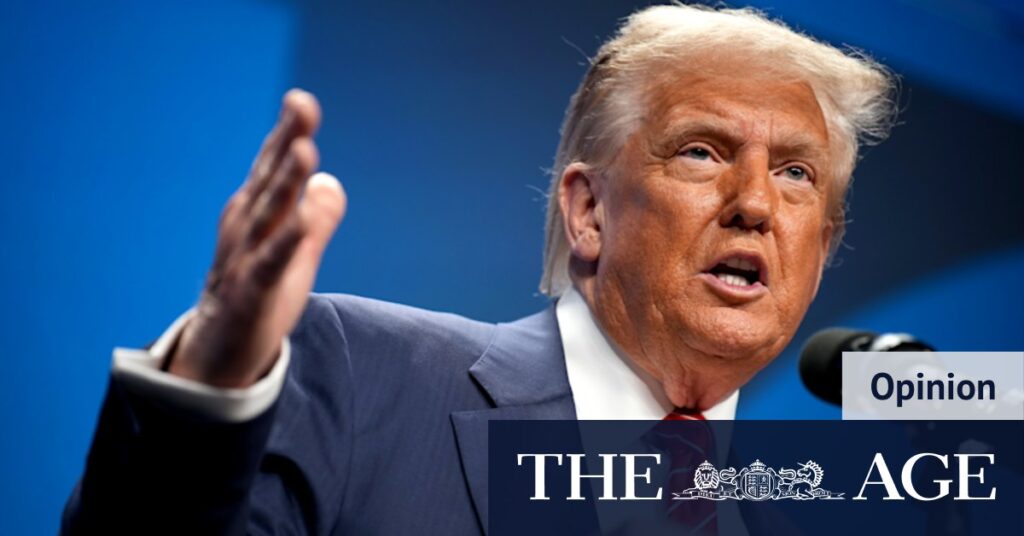
As tensions rise between the United States and the European Union, the specter of increased tariffs looms large, threatening to disrupt the transatlantic economic relationship. President Donald Trump has announced potential tariff hikes, raising the baseline rate to 15-20%, with a further threat of a 30% tariff on the horizon. This move comes amid ongoing negotiations between EU and US trade officials, with European Commission President Ursula von der Leyen at the helm.
The announcement comes as Trump seeks to fulfill his administration’s ambitious trade goals, including the promise of “90 deals in 90 days.” However, the reality has fallen short, with fewer agreements materializing than anticipated. Meanwhile, the US financial markets have shown resilience, rebounding from earlier sell-offs, and posting record highs. This market buoyancy, driven by investor skepticism over the actual implementation of tariffs, has emboldened Trump to maintain a hardline stance.
Economic Implications and Market Reactions
In April, Trump delayed the imposition of tariffs, citing concerns over market stability. Now, with markets appearing more settled, the new deadline of August 1 for the reciprocal tariffs could serve as a pivotal moment. Investors, adopting a “wait and see” approach, have dubbed this the “Trump Always Chickens Out” or TACO trade, reflecting a belief that the president may not follow through on his threats.
However, the risk remains that Trump might eschew diplomatic negotiations in favor of unilateral ultimatums, a strategy that could have significant economic repercussions. The EU, while viewing Trump’s threats as potential negotiating tactics, has prepared countermeasures. These include targeting US exports worth €21 billion, with additional plans for €72 billion worth of products should the situation escalate.
Strategic Responses and Potential Outcomes
The EU’s strategic response includes a comprehensive list of US goods that could face retaliatory tariffs, such as chicken, motorcycles, and clothing. Additionally, the EU has developed an “anti-coercion instrument” to potentially impact trade in services, although its deployment remains a last resort. The EU’s trade surplus in goods with the US stands at $235 billion, contrasted by a $75 billion deficit in services, highlighting the complex economic interdependence between the two regions.
Von der Leyen has expressed a willingness to continue negotiations but has also warned of the potential for retaliation. A 30% tariff on EU exports could severely disrupt supply chains, affecting businesses and consumers on both sides of the Atlantic. The EU’s dilemma lies in balancing the need to protect its industries and sovereignty against the risk of escalating tensions into a full-blown trade confrontation.
Historical Context and Future Prospects
The current situation echoes past trade disputes, such as the US-China tariff battles, which sent shockwaves through global markets. The EU’s cautious approach reflects lessons learned from these historical precedents, emphasizing the importance of strategic patience and multilateral cooperation. However, the possibility of a new trading bloc emerging, encompassing Europe, the non-Chinese Asia Pacific, and Latin America, presents an alternative path forward.
Trump’s protectionist stance, coupled with his administration’s isolationist policies, could inadvertently drive other nations towards closer economic ties, excluding the US. This potential realignment of global trade relationships underscores the high stakes involved in the current negotiations.
As the August deadline approaches, the world watches closely. The outcome of these negotiations could redefine the US-EU economic landscape, with far-reaching implications for global trade dynamics. Whether through diplomacy or confrontation, the decisions made in the coming weeks will shape the future of transatlantic relations.





